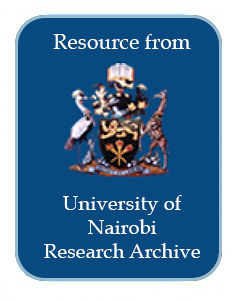Resource information
The current study seeks to assess sustainability of agricultural land use by identifying the effect of land use change on soil quality using cross-sectional data collected through a household survey among 525 farm households in densely populated areas of Kenya. Soil samples were collected, analyzed and compared across three land use types: undisturbed, semi-disturbed and cultivated. To achieve these objectives, descriptive, Nutrient Index approach and Classification and Regression Tree (CART) analysis methods were used. Results indicate that within a period of five decades, agricultural land use has led to a decline in Total Organic Carbon (-72%), Magnesium (-65%) and Boron (-61%), Iron (-22%) and Total Nitrogen (-15%). The drivers of deterioration identified were cutting across inherent properties such as soil chemical (pH), physical (soil mapping unit) and biological (organic carbon) attributes, farmer practices (agricultural commercialization) and exogenous factors (population density and Agro-ecological zones). The study concludes that indeed conversion of land from natural vegetation is associated with deterioration in soil quality and therefore policy needs to create incentives for the build-up of soil organic matter, replenishment of soil macro and micro nutrients. Blending of commercial fertilizers with targeted micro-nutrients, maintenance of soil conservation techniques and long term fallowing are encouraged.


